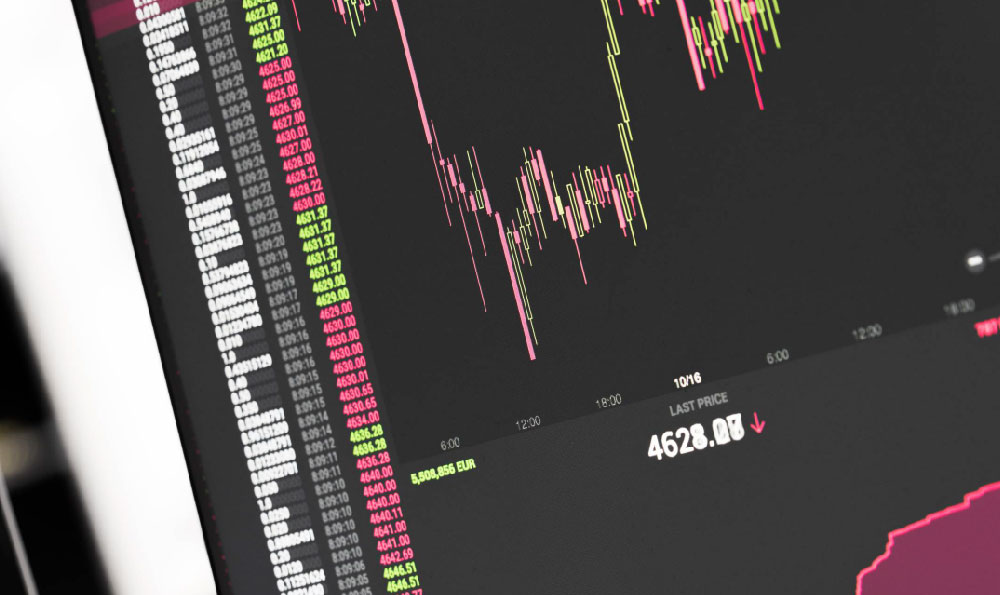Walmart, a retail behemoth ingrained in the fabric of American commerce, has long been a fixture in investor portfolios. Its sheer size, consistent performance, and dividend history make it a compelling option for those seeking stability and potential growth. However, deciding whether to invest in Walmart stock requires careful consideration of various factors, and understanding how to do so effectively is crucial.
The attractiveness of Walmart as an investment hinges on its robust business model. Walmart operates a vast network of stores, coupled with a burgeoning e-commerce presence, reaching a diverse customer base. Its scale allows it to negotiate favorable terms with suppliers, translating into competitive pricing and attractive profit margins. This advantage, in turn, sustains its ability to generate consistent revenue and earnings, which are key metrics for investors. Furthermore, Walmart’s focus on everyday low prices resonates with consumers across economic cycles, making it a relatively recession-resistant investment. Even during economic downturns, people still need groceries and household essentials, providing Walmart with a buffer against significant revenue declines.
Beyond its core retail operations, Walmart has been strategically diversifying its business. The company has made significant investments in e-commerce, expanding its online marketplace, improving delivery services, and leveraging technology to enhance the customer experience. This digital transformation is crucial for competing with online retailers like Amazon and capturing a larger share of the growing e-commerce market. Additionally, Walmart has been exploring new avenues such as healthcare services and financial technology, which could unlock additional revenue streams and further strengthen its market position.

However, investing in Walmart is not without its risks. The retail industry is constantly evolving, with changing consumer preferences, intense competition, and the rise of new technologies. Walmart must continually adapt to these changes to maintain its competitive edge. The company faces pressure from online retailers offering greater convenience and lower prices, as well as from discounters that cater to budget-conscious shoppers. Furthermore, Walmart's vast size and global operations expose it to various regulatory and geopolitical risks. Changes in trade policies, labor laws, or consumer protection regulations could negatively impact its profitability.
Evaluating Walmart's financial health is paramount before making an investment decision. Investors should analyze the company's revenue growth, profit margins, earnings per share, and cash flow generation. A consistent track record of revenue growth and profitability indicates a healthy and sustainable business. Examining the company's debt levels and financial ratios can provide insights into its financial stability and ability to weather economic downturns. Also important is comparing Walmart's financial metrics to those of its competitors to assess its relative performance and competitive positioning.
Considering valuation metrics is also critical. The price-to-earnings (P/E) ratio, price-to-sales (P/S) ratio, and dividend yield are commonly used metrics to assess whether a stock is overvalued or undervalued. Comparing Walmart's valuation ratios to its historical averages and to those of its peers can provide a sense of its relative value. A high P/E ratio might suggest that the stock is overvalued, while a low P/E ratio could indicate undervaluation. However, it's important to note that valuation ratios should be considered in conjunction with other factors, such as the company's growth prospects and industry trends.
Now, addressing the 'how' of investing in Walmart. There are several avenues available. The most straightforward method is purchasing shares of Walmart stock (WMT) through a brokerage account. Brokerage accounts come in various forms, from full-service brokers offering personalized advice to discount brokers providing self-directed trading platforms. Choosing the right brokerage depends on your investment needs and experience level. Consider factors such as commission fees, account minimums, research resources, and trading tools when selecting a brokerage.
Another option is investing in Walmart through exchange-traded funds (ETFs) that hold a basket of stocks, including Walmart. Many ETFs track broad market indexes like the S&P 500, which include Walmart as one of their holdings. Investing in an ETF provides instant diversification and reduces the risk associated with investing in a single stock. However, ETFs also come with their own expense ratios, which can impact your overall returns.
For those seeking dividend income, Walmart is a compelling option. The company has a long history of paying dividends and has consistently increased its dividend payout over time. Investing in Walmart for its dividend yield can provide a steady stream of income, particularly attractive for retirees or those seeking passive income. However, it's important to remember that dividends are not guaranteed and can be reduced or suspended at any time.
Dollar-cost averaging is a popular investment strategy that involves investing a fixed amount of money in Walmart stock at regular intervals, regardless of the stock price. This strategy helps to mitigate the risk of investing a large sum of money at the wrong time. By investing consistently over time, you can average out your purchase price and potentially benefit from long-term market growth.
Ultimately, deciding whether to invest in Walmart stock and how to do so effectively requires careful research, analysis, and consideration of your personal investment goals and risk tolerance. It's crucial to understand the company's business model, financial health, valuation metrics, and the risks associated with investing in the retail industry. Diversifying your portfolio and consulting with a financial advisor can help you make informed investment decisions and achieve your financial goals. Walmart presents a relatively stable investment opportunity, but understanding its position in a changing market, alongside diligent research, remains crucial for any potential investor.












